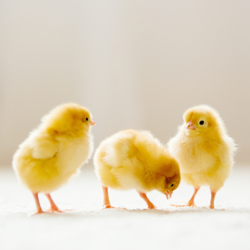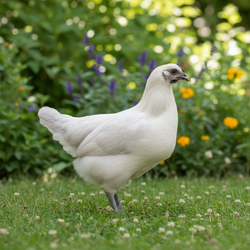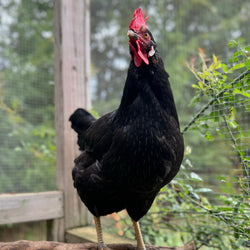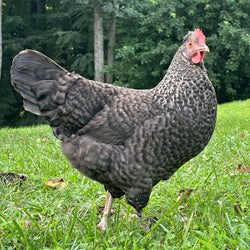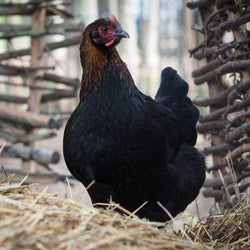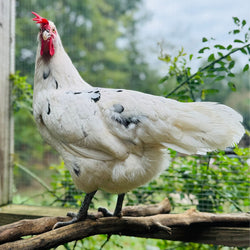f=menu&page=8/--
Frequently Asked Questions
Here we answer the most commonly-asked questions about ordering, chicken care, and more.
Can I cancel my order for baby chicks?
Yes, we're happy to cancel an order provided you let us know by 6:00 PM on the Thursday before your scheduled ship week. As you remember from checkout, baby chick orders cannot be cancelled (or changed) later than that date. Be sure to have your order number at hand so we can find your order to cancel it. The reason we require this notice is that, in many cases, the shipping schedule must be shuffled so the baby chicks we were hatching for you can find new adopters in time to receive them when they hatch. In addition we need...
Read MoreI have already placed my order for baby chicks. Can I change it?
Yes, in most cases, you can change your baby chick order. Contact us to have your order changed. But before you do, read on because there are some important things you should keep in mind before placing your request! Let us know by 6:00 p.m. the Thursday before your scheduled ship date We require this notice because we need time to make sure the shipment can been changed or stopped. Obviously, we don't want to send baby chicks out to Post Offices where they will never be picked up, or to send you your original order if you are...
Read MoreCan I mix and match or do I have to buy all the same breed?
There is no minimum number of chicks per breed or size. Although your total order must meet the minimum number for the time of year that your order is shipped. So you can mix and match to your heart's content: really cherry pick your flock! Minimum Baby Chick Order April - November: 3 Baby Chicks December - March: 8 Baby Chicks The neat thing about having a mixed flock is that it's easy to tell them all apart. It can take longer to schedule a delivery when you have lots of different breeds, however, because they must ALL be available...
Read MoreWhy do hens eat their own eggs?
How can I stop them? Diets low in protein can encourage egg eating simply because the hens are trying to get the nutrition they need. Make sure your are feeding your flock a good, quality feed, and that you aren't supplementing with too much scratch or corn, or other low protein treats, either. You just don't want to see something like this when you go to gather eggs:The trouble is, once egg eating has begun, it can be very difficult to break the habit. Here are a few tips to try: Collect eggs regularlyTo stop egg eating, collect your eggs regularly. The...
Read MoreDo you sell older chickens?
Yes! We usually have up to six batches of juvenile 6-week-old chickens available each year at various times. They do sell out very quickly, so keep your eyes peeled for availability. They sell so fast because, unlike other hatcheries, My Pet Chicken often has a selection of several rare and heirloom varieties like Black Copper Marans, Speckled Sussex, Welsummers, Easter Eggers, and so on. Most hatcheries offer started pullets in only a few limited high-production breeds like Red or Black Stars (or other sex-linked varieties), Rhode Island Reds, or Leghorns. We don't know of any other hatchery that offers started...
Read MoreShould I heat my chicken coop in the winter?
We don't recommend you offer supplemental heat to your coop unless your temps regularly drop well below freezing... Seriously! Chickens adapt to the cold weather over time. Their body metabolism actually changes along with the seasons. Along with that, they fluff up their feathers in the cold do help retain body heat, as pictured below. If you were to heat your whole coop to, say, fifty degrees, you would rob your birds of the chance to acclimate to the colder outside temperature - so if the heat were to suddenly cut out (due to loss of electricity, for instance, the...
Read MoreWhat time of year should I order baby chicks?
Depending on the breeds you want, you may find that there's a wait of six months or more, so we recommend you place your order just as soon as you're sure which breeds you'd like and the approximate time of year you'd like them. Of course, if you're not too picky about breeds, we usually have some availability for the next week's hatch! As to what time of year is best to receive baby chicks, we can offer some advice. Spring and early summer are historically the most popular times to receive baby chicks, for two basic reasons. First, female...
Read MoreCan hens REALLY crow?
Yes! It's not even that rare, either! In all-female flocks, or flocks in which the ratio of females to males is greater than 10:1, in many cases one female will take on male characteristics and become the "protector" of the rest of the flock. In addition to coming out with a half-crow, she'll usually cease laying, and she may even develop spurs to rival a male's. Strange, but true!
Read More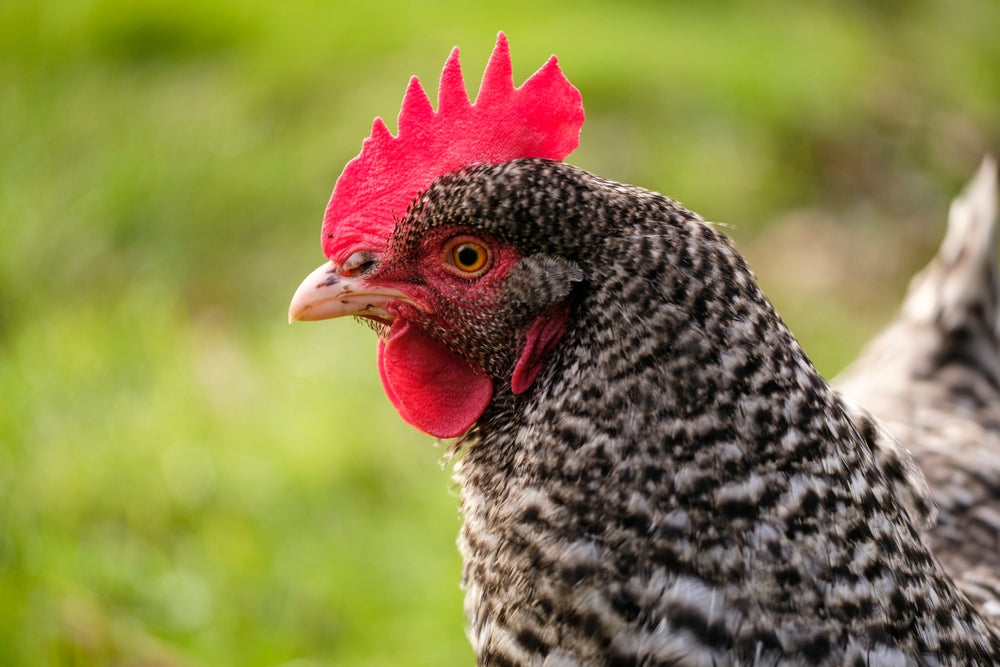
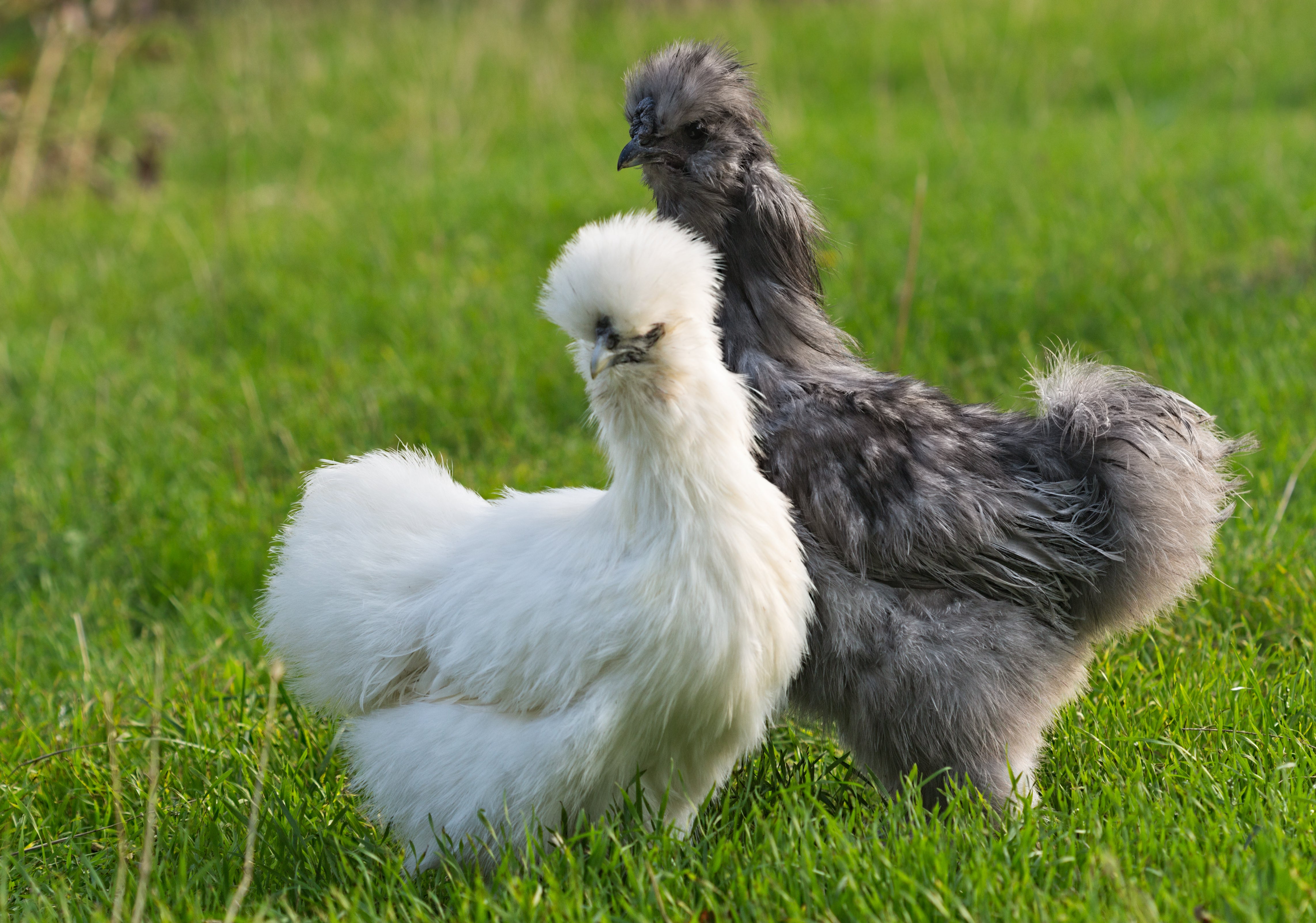
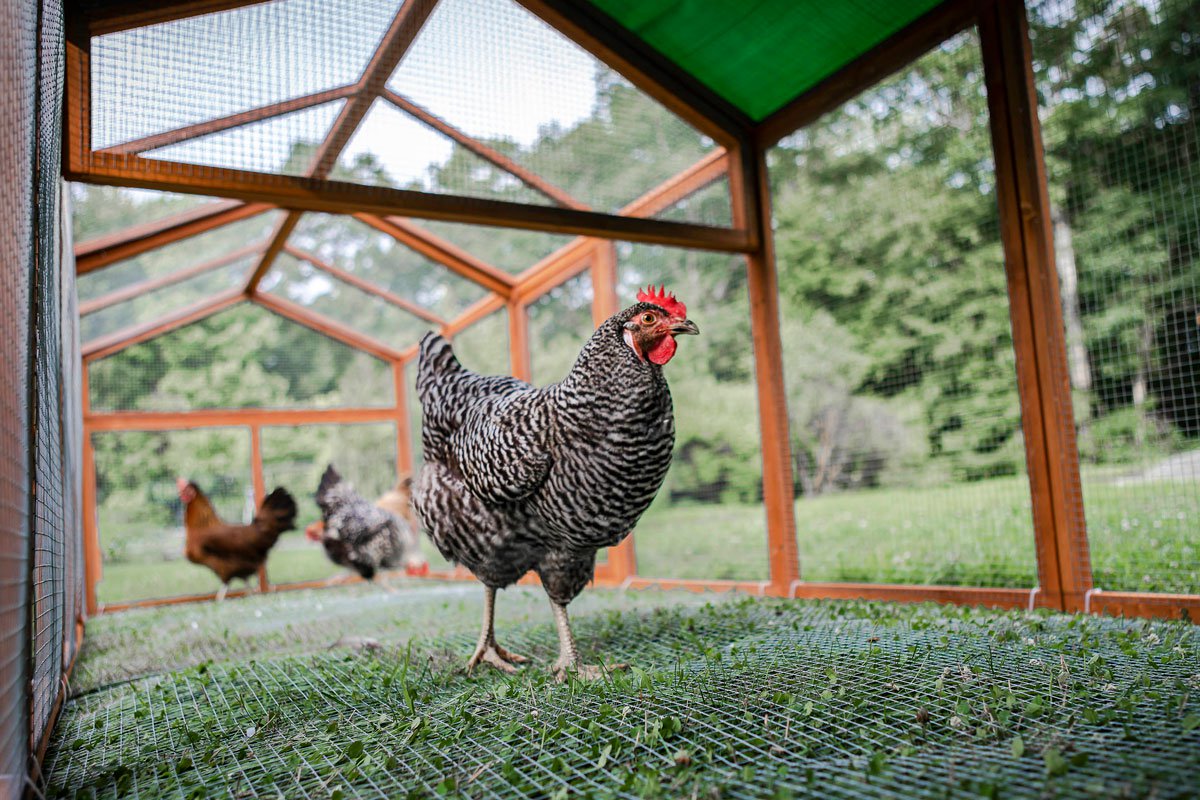
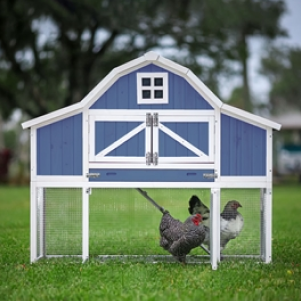
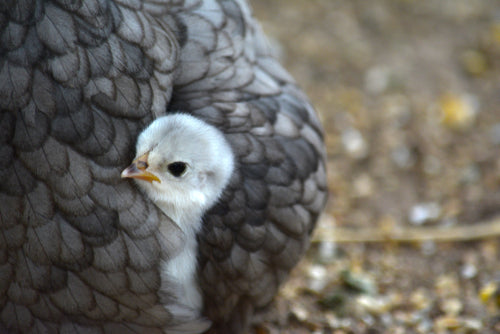
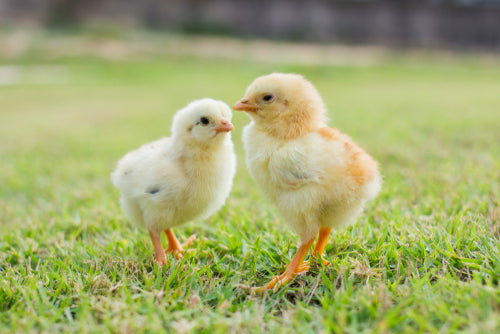
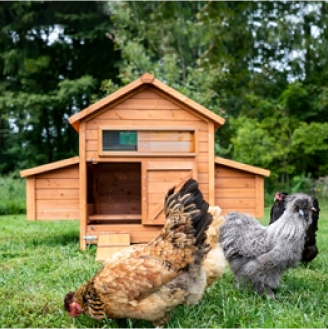

"The Clubhouse" Coop
Easy to assemble and built to last, the Clubhouse Coop is the perfect starter coop for a small flock.

